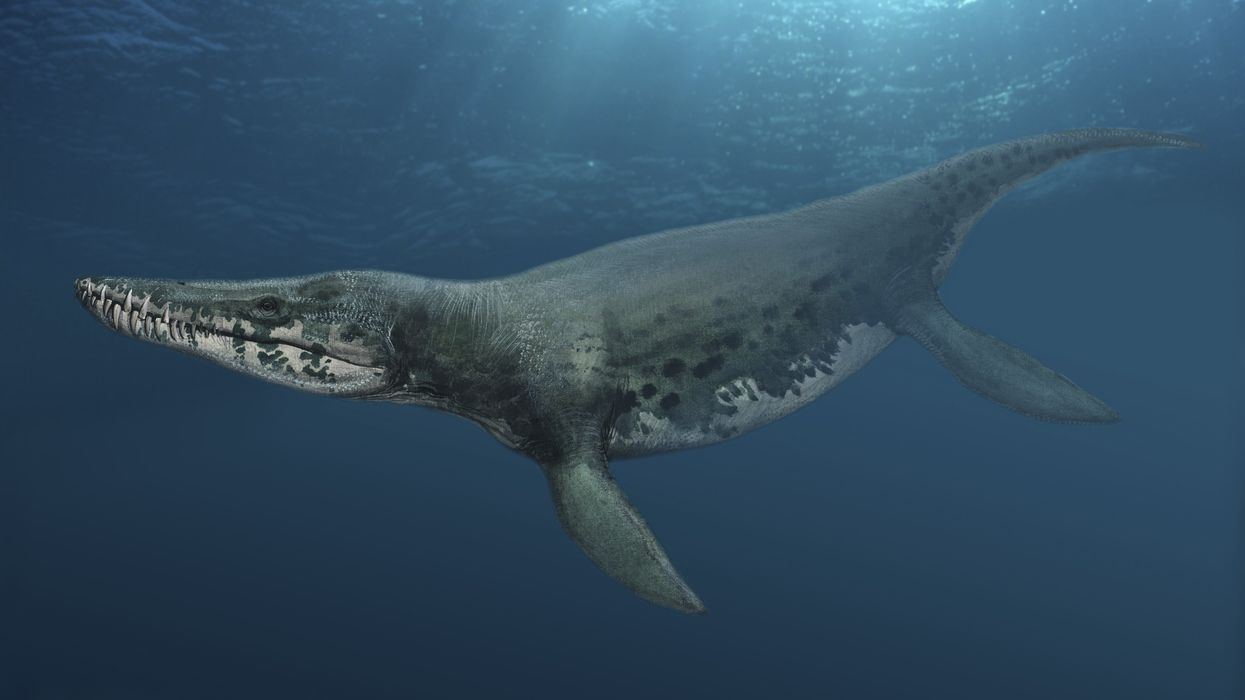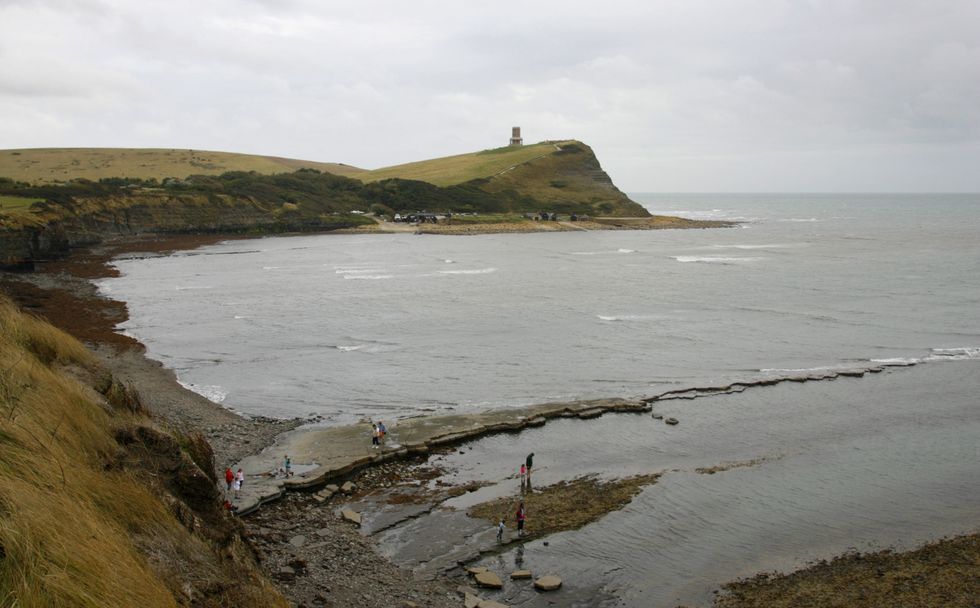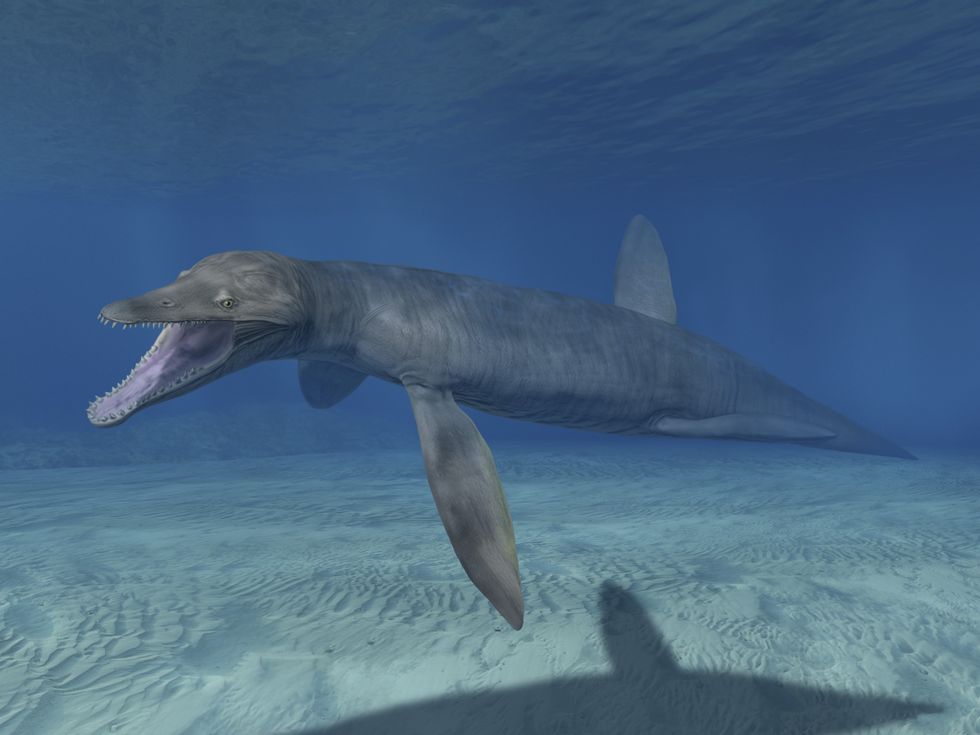Enormous sea monster discovered in Dorset - 'Wow!'

The remains of a pliosaur was found in Dorset
|Getty

A new BBC David Attenborough documentary is set to feature the beast
Don't Miss
Most Read
A section of the remains of a colossal sea monster has been extracted from the Dorset coast.
The skull of the pliosaur was extracted from the Jurassic Coast in Dorset.
The fossil which is about 2m long is one of the most complete specimens of its type ever discovered.
Now, the discovery is giving experts new insights into this ancient predator.
WATCH NOW: The latest weather forecast for GB News from the Met Office
Local palaeontologist Steve Etches believes the new fossil is a one-of-a-kind specimen.
He said: "It's one of the best fossils I've ever worked on. What makes it unique is it's complete.
"The lower jaw and the upper skull are meshed together, as they would be in life. Worldwide, there's hardly any specimens ever found to that level of detail.
"And if they are, a lot of the bits are missing, whereas this, although it's slightly distorted - it's got every bone present."
LATEST DEVELOPMENTS:

The remains are featuring in a David Attenborough documentary
|PA
The skull will be featured in a special David Attenborough programme, set to be shown on BBC One on New Year's Day.
When alive, the pliosaur had powerful flipper-like limbs to propel itself at high speed and was the top predator in the ocean.
Dr Andre Rowe from Bristol University said: "The animal would have been so massive that I think it would have been able to prey effectively on anything that was unfortunate enough to be in its space.
"I have no doubt that this was sort of like an underwater T. rex."

The remains were found near Kimmeridge Bay in Dorset
|PA
The remains were first discovered at a beach near Kimmeridge Bay on the Jurassic Coast near Weymouth.
It was found by Etches' friend and fellow fossil enthusiast Phil Jacobs who saw the snout pointing out of the sand.
After finding it too heavy to pick up, Jacobs went to fetch Etches and the pair rigged a makeshift stretcher to take the fossil fragment to safety.
A drone survey revealed the location of the rest of the fossil. The problem was the only way to excavate it was to abseil down from the top, with scientists working for months to retrieve the fossil.

When alive, the pliosaur had powerful flipper-like limbs to propel itself at high speed and was the top predator in the ocean.
|Getty
Steve Etches will put the skull on display next year at his museum in Kimmeridge, the Etches Collection.
He said: "I stake my life the rest of the animal is there.
"And it really should come out because it's in a very rapidly eroding environment.
"This part of the cliff line is going back by feet a year. And it won't be very long before the rest of the pliosaur drops out and gets lost. It's a once-in-a-lifetime opportunity."







